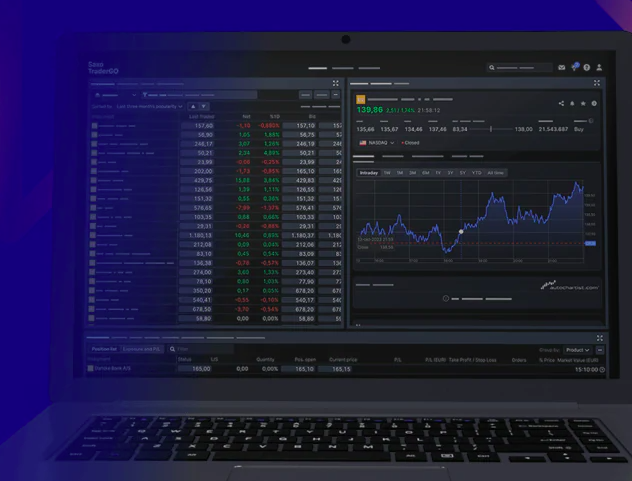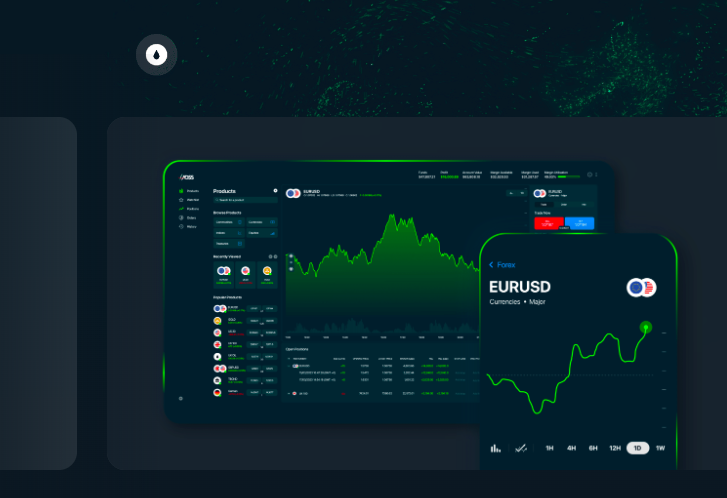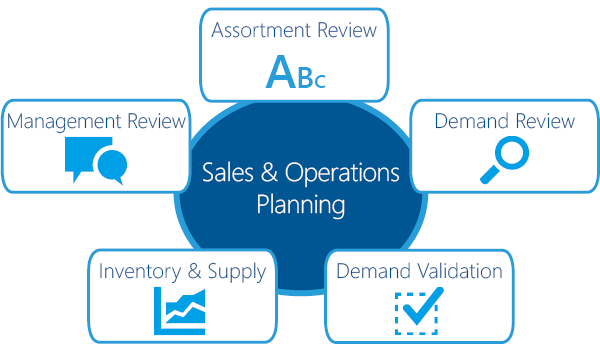The Indian health insurance industry is on a remarkable trajectory, with a robust 21% growth in the first quarter of FY24. This surge coincides with ambitious industry targets, aiming for 20% Year-over-Year premium growth while maintaining a loss ratio of 63-65% and a combined ratio of 93-95% for the fiscal year.
As the sector evolves, investor interest in companies like Star Health & Allied Insurance Ltd. is growing. A key question on investors’ minds is whether Star Health can reach a share price of 1000 by 2030. In this article, we explore the factors influencing the industry’s growth, Star Health’s potential, and the path to achieving this milestone.

About Star Health & Allied Insurance
Star Health & Allied Insurance Ltd (Star) is a trusted name in India’s health insurance world. They’ve been around since 2006, always working hard to improve health insurance. They really care about providing the best health coverage. In FY21, they had a big 15.8% share of the health insurance market. That shows how much people trust them.
Star Health is really good at the part of health insurance that helps regular people. In FY21, they collected a lot of money, Rs 93.5 billion, which was way more than the closest competition. They’ve got branches everywhere, 737 of them, and they’re friends with more than 90 important companies like banks and digital platforms. They’re making sure everyone can get good healthcare.
They’re all over India, with branches in 25 states and 5 union territories. They work with over 11,778 hospitals to make sure you can get help when you’re sick. Star Health has different types of health insurance plans, like ones for individuals, families, and special ones for different needs. They really care about your health and money. In fact, most of their money, 89.3%, comes from the health insurance regular people like you get.
Star Health is always there for you, even when times are tough, like during COVID-19. They’re always coming up with new ideas to make health insurance better. They want to make sure that you and your family can stay healthy and not worry about money. So, you can trust them to take good care of you now and in the future.
Q1 Fy2024 Key Points And Summary:
- Health insurance industry saw a robust growth of 21% in the first quarter of FY24.
- Group health insurance recorded an impressive 23% growth during the same period, while retail health insurance also showed substantial growth at 18%.
- Star Health achieved a remarkable 32% market share in the retail health segment, surpassing the second-largest player by over 3 times.
- The company has ambitious plans to further expand its market share in the retail health segment.
- Star Health secured an impressive 33% retail health accretion market share in Q1 FY24, reaffirming their industry leadership.
- Investment assets for the company grew substantially, reaching Rs. 13,303 crore in Q1 FY24.
- Profit before tax in Q1 FY24 amounted to Rs. 384 crore, reflecting a remarkable growth rate of 33% compared to the previous year.
- The solvency ratio as of June 30, 2023, stands at a robust 2.18 times, well above the regulatory requirement of 1.5 times, underscoring the company’s financial strength and stability.
Recent News
- Star Health and Allied Insurance Introduces UPI QR Code-Based Payment for Policy Transactions, Enhancing Customer Convenience. (14 Sep)
- Star Health to Establish 1,000 Rural Offices, Boosting Local Confidence and Providing On-the-Ground Support; Launches New Out-Patient Expense Coverage in ‘Bharat’ Journey (29 Aug)
Shareholding Pattern Analysis
- Promoters: Their stake remained stable at about 58%, indicating their significant control.
- FIIs (Foreign Institutional Investors): Their share surged from 9.78% in March 2022 to 33.09% in June 2023, reflecting growing foreign investor interest.
- DIIs (Domestic Institutional Investors): DIIs’ share dropped to 1.44% in March 2023, then rebounded to 3.08% in June 2023, possibly due to portfolio adjustments.
- Public Shareholding: Public ownership rose gradually from 4.02% in March 2022 to 5.56% in June 2023, suggesting more retail investor participation.
- Number of Shareholders: The shareholder count fluctuated but stayed relatively steady, ranging from 1,64,912 to 1,79,069. This indicates stability in the overall shareholder base.
In summary, the shareholding pattern shows stability in promoter holding, a substantial increase in FII interest, fluctuations in DII holdings, and a gradual increase in public shareholding. These changes may reflect evolving investor sentiment and confidence in the company over the specified time frame.
Star Health & Allied Insurance Share Price Target 2023 To 2030
Star Health & Allied Insurance Share Price Target 2023
| When | Maximum Price | Minimum Price |
| October 2023 | ₹637.06 | ₹570.88 |
| November 2023 | ₹653.98 | ₹594.53 |
| December 2023 | ₹675.56 | ₹614.15 |
- Maximum Price for the Year 2023: The highest price is expected to occur in December 2023, reaching an anticipated ₹675.56.
- Minimum Price for the Year 2023: The lowest price is expected to be recorded in January 2023, at an expected ₹481.
Star Health & Allied Insurance Share Price Target 2024
| When | Maximum Price | Minimum Price |
| January 2024 | ₹689.35 | ₹599.43 |
| February 2024 | ₹703.42 | ₹611.67 |
| March 2024 | ₹717.77 | ₹624.15 |
| April 2024 | ₹696.87 | ₹605.97 |
| May 2024 | ₹686.57 | ₹597.01 |
| June 2024 | ₹711.28 | ₹618.51 |
| July 2024 | ₹704.17 | ₹612.32 |
| August 2024 | ₹732.34 | ₹636.81 |
| September 2024 | ₹761.63 | ₹662.29 |
| October 2024 | ₹746.70 | ₹649.30 |
| November 2024 | ₹769.10 | ₹668.78 |
| December 2024 | ₹788.33 | ₹685.50 |
In January 2024, the year is expected to begin with a maximum price of ₹689.35. This price is expected to steadily rise, reaching ₹788.33 by December 2024.
During the same month of January, it is expected that the asset’s minimum price will be ₹599.43. Just like the maximum price, the minimum is also expected to show a consistent increase, ending the year at ₹685.50 in December 2024.
While there may be price fluctuations month-to-month, they are expected to point to some volatility in the asset’s value. However, the overall trend is expected to indicate that the asset has been appreciating in value.
Star Health & Allied Insurance Share Price Target 2025
| when | Maximum Price | Minimum Price |
| January 2025 | ₹804.09 | ₹618.53 |
| February 2025 | ₹824.71 | ₹634.39 |
| March 2025 | ₹856.87 | ₹659.13 |
| April 2025 | ₹840.07 | ₹646.21 |
| May 2025 | ₹815.60 | ₹627.39 |
| June 2025 | ₹852.31 | ₹655.62 |
| July 2025 | ₹835.59 | ₹642.76 |
| August 2025 | ₹861.44 | ₹662.64 |
| September 2025 | ₹891.59 | ₹685.84 |
| October 2025 | ₹914.77 | ₹703.67 |
| November 2025 | ₹937.64 | ₹721.26 |
| December 2025 | ₹961.08 | ₹739.29 |
- Maximum Price for the Year 2025: The highest price for the entire year is anticipated to occur in December 2025, reaching an estimated ₹961.08. This is expected to represent the peak price level for the year.
- Minimum Price for the Year 2025: The lowest price for the year is expected to be in January 2025, at an estimated ₹618.53. This is projected to mark the trough of the price range for the entire year..
These figures are expected to provide a complete picture of price fluctuations in 2025, displaying the highest and lowest expected points. The price trend in 2025 is expected to reveal a steady rise in maximum prices, starting at an estimated ₹804.09 in January and reaching an expected ₹961.08 by December. This suggests an expected positive trend, possibly indicating increased demand or market optimism. Tracking these expected trends is expected to aid investors and analysts in understanding market dynamics and making informed choices.
Star Health & Allied Insurance Share Price Target 2026 To 2030
| Year | Maximum Price (₹) | Minimum Price (₹) |
|---|---|---|
| 2026 | ₹1,009.13 | ₹706.39 |
| 2027 | ₹1,110.05 | ₹777.03 |
| 2028 | ₹1,554.06 | ₹777.03 |
| 2029 | ₹1,345.51 | ₹672.75 |
| 2030 | ₹1,749.16 | ₹1,224.41 |
Over the five years from 2026 to 2030, we expect to see a clear trend of price growth in the asset. The maximum price is anticipated to rise steadily, starting at ₹1,009.13 in 2026 and reaching ₹1,749.16 in 2030, demonstrating consistent upward movement. However, we also anticipate occasional fluctuations, such as in 2029 when the maximum price is expected to dip compared to the previous year. Minimum prices are also expected to increase, with occasional variations in the spread between maximum and minimum prices. This indicates the anticipated changing market volatility and investor sentiment. Investors and analysts should expect to monitor these trends and consider various factors influencing price movements for making informed decisions.
Star Health & Allied Insurance Financial Condition (Last 5 Years)
| Mar 2019 | Mar 2020 | Mar 2021 | Mar 2022 | Mar 2023 | |
| Sales + (In Crore INR) |
3,775 | 4,987 | 5,050 | 10,602 | 12,096 |
| Expenses + (In Crore INR) |
3,565 | 4,544 | 6,447 | 11,962 | 11,223 |
| Operating Profit (In Crore INR) |
210 | 443 | -1,397 | -1,360 | 873 |
| OPM % | 6% | 9% | -28% | -13% | 7% |
| Other Income + (In Crore INR) |
0 | 0 | -3 | 7 | 5 |
| Interest (In Crore INR) |
0 | 0 | 0 | 0 | 0 |
| Depreciation (In Crore INR) |
28 | 29 | 46 | 43 | 52 |
| Profit before tax (In Crore INR) |
182 | 413 | -1,446 | -1,397 | 826 |
| Tax % | 30% | 35% | 25% | 25% | 25% |
| Net Profit + (In Crore INR) |
128 | 268 | -1,086 | -1,041 | 619 |
| EPS in Rs | 2.81 | 5.46 | -19.81 | -18.08 | 10.63 |
| Dividend Payout % | 0% | 0% | 0% | 0% | 0% |
Let’s delve into an analysis of the company’s financial performance over the past five years
- Sales: Sales have shown consistent growth over the five-year period, increasing from ₹3,775 in March 2019 to ₹12,096 in March 2023. This indicates a positive trend in revenue generation.
- Expenses: Operating expenses have risen over the years, with a notable spike in March 2021. However, the rate of expense growth didn’t match the sales growth, indicating efficient cost management.
- Operating Profit: The operating profit varied over time, starting at ₹210 in March 2019, peaking at ₹873 in March 2023, and dropping significantly to -₹1,397 in March 2021. These fluctuations are also mirrored in the operating profit margin (OPM) percentage.
- Other Income: Other income shows variations but remains relatively small compared to the operating profit and expenses.
- Tax Percentage: The tax percentage has varied but remained around 25-35% during the period.
- Net Profit: Net profit shows a similar trend to profit before tax, with a substantial loss in March 2021 (-₹1,086) and a recovery to ₹619 in March 2023.
- Earnings per Share (EPS): EPS, which is the earnings per share available to shareholders, shows a significant drop in March 2021 (-₹19.81), likely due to the loss incurred that year. It subsequently recovered to ₹10.63 in March 2023.
- Dividend Payout: The dividend payout percentage is 0% throughout the period, indicating that the company did not distribute dividends to shareholders during this time.
In summary, the company’s financial performance fluctuated, with a significant loss in March 2021 but subsequent recovery. Efficient cost management and revenue growth boosted profitability. The absence of dividend payouts indicates potential reinvestment of profits or financial challenges during this period.
FAQs
What is the current share price of Star Health?
The current share price of Star Health is ₹592. as recorded on 4th October, 2023
What is the current Price-to-Earnings (P/E) ratio for the stock?
The current P/E ratio for the stock is 50.72.
What is the current Return on Equity (ROE)?
The current Return on Equity (ROE) stands at 12.3%.
What Is The Share Price Target For Star Health & Allied Insurance By 2030?
The target share price for the year 2030 is expected to range from ₹1,224.41 to ₹1,749.16.
Can Star Health & Allied Insurance share price reach 1000 By 2030?
If Star Health’s share price keeps rising as it did, hitting ₹1,009.13 in 2026, it could cross the ₹1,000 mark by 2030, based on its historical trend.
Should One Invest In Star Health & Allied Insurance?
Considering Star Health’s five-year financial performance, potential investors should carefully evaluate both the pros and cons. On the positive side, the company boasts a commendable track record of profit growth, achieving a notable 29.5% Compound Annual Growth Rate (CAGR) over the last five years. Furthermore, its commitment to reducing debt serves as a significant indicator of improved financial stability and risk mitigation.
Nevertheless, there are certain drawbacks that merit consideration. Presently, the stock commands a high valuation, trading at 6.91 times its book value, which could potentially limit its upside. Additionally, the company has grappled with a negative Return on Equity (ROE), averaging -12.9% over the past three years, signaling inefficiencies in capital utilization.
When assessed against peers in the insurance sector, Star Health Insurance displays a relatively high Price-to-Earnings (P/E) ratio and a lower Return on Capital Employed (ROCE) compared to some competitors.
In summary, prospective investors in Star Health should carefully assess these factors. While promising profit growth and efforts to reduce debt are favorable, they must be weighed against the high valuation and persistent negative ROE, necessitating a cautious approach. It is advisable to conduct thorough research into the company’s future prospects, competitiveness, and prevailing market conditions to align with individual investment goals and risk tolerance.












